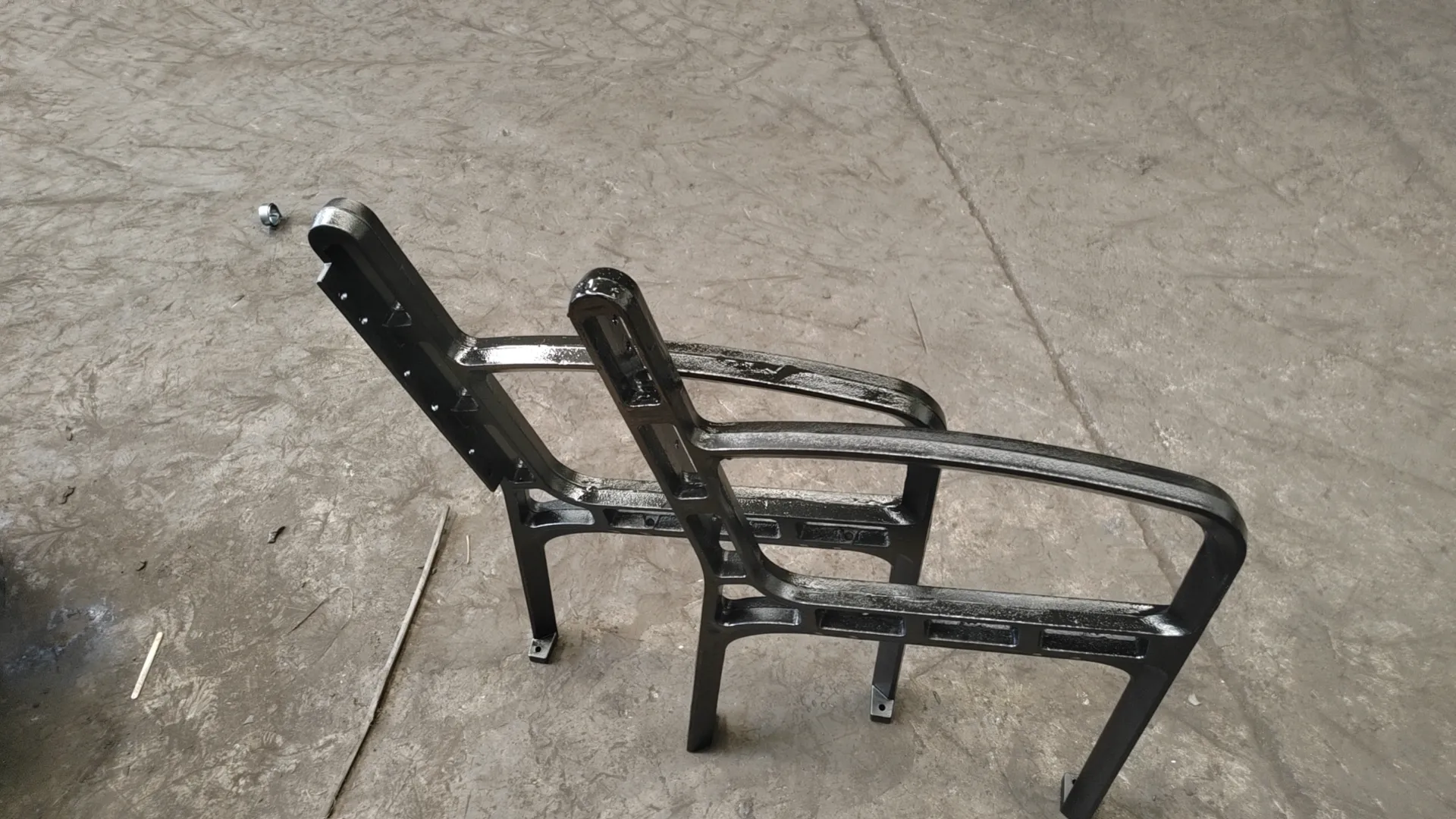slim butterfly valves
Understanding Slim Butterfly Valves Efficiency and Space-Saving Solutions
In the realm of fluid control systems, butterfly valves have emerged as a vital component for various industrial applications. Among these, slim butterfly valves stand out due to their unique design and efficiency. These valves are particularly advantageous in applications where space is limited but effective fluid regulation is still required.
What is a Slim Butterfly Valve?
A slim butterfly valve operates on a simple mechanism and is characterized by its slim body design. Unlike traditional butterfly valves, which may take up considerable space, slim butterfly valves offer a more compact profile. This makes them an ideal choice for installations where space is at a premium, such as in piping systems, hydraulic machinery, and HVAC applications. The operating principle is straightforward a disc is mounted on a rotating shaft, and when the disc turns, it either opens or closes the flow path, enabling smooth regulation of the fluid.
Key Advantages
1. Space Efficiency The slim design of these valves allows for more streamlined installations. This feature is particularly beneficial in tight quarters where standard valves would be impractical. By minimizing the footprint of the valve, engineers can maximize the use of available space, enhancing overall system efficiency.
2. Lightweight Construction Slim butterfly valves are generally made from lightweight materials, which not only reduces the overall weight of the piping system but also facilitates easier handling and installation. This attribute contributes to lower shipping costs and simpler maintenance processes.
3. Cost-Effectiveness The manufacturing process for slim butterfly valves can often be more efficient, leading to cost savings in both production and procurement. Additionally, their durability and reliability reduce the need for frequent replacements or repairs, offering long-term financial benefits to operators.
slim butterfly valves

4. Versatility These valves can be utilized in a wide range of applications, including water and wastewater treatment, power generation, and chemical processing. Their ability to handle various media, including corrosive substances, makes them a versatile choice across different industries.
5. Reliable Performance Slim butterfly valves are designed to provide impressive performance in regulating flow. Their quick opening and closing action enables precise control, which is essential in maintaining the desired pressure and flow rate in various systems.
Applications and Uses
The applications of slim butterfly valves are diverse. In the water treatment industry, for instance, these valves are used to control the flow of water through treatment facilities, allowing for efficient processing and distribution. In chemical plants, they can regulate the flow of reactive substances, ensuring safety and compliance with stringent regulations.
Moreover, HVAC systems benefit from the use of slim butterfly valves, where they help in controlling the flow of air and enhancing energy efficiency. Their compact size allows them to be integrated seamlessly into ducts and piping systems without taking up excessive space.
Conclusion
Slim butterfly valves serve as a testament to the evolution of valve design, addressing the modern demands for efficiency, reliability, and space conservation. As industries continue to evolve, the demand for innovative solutions like slim butterfly valves will undoubtedly increase. Whether in water management, chemical processing, or HVAC systems, the advantages they offer make them a preferred choice for engineers and operators around the globe. Embracing these valves not only supports operational efficiency but also paves the way for sustainable and effective fluid management in various applications. As technology progresses, we can expect further enhancements in the design and functionality of slim butterfly valves, solidifying their place as indispensable components in fluid control systems.
-
The Smarter Choice for Pedestrian AreasNewsJun.30,2025
-
The Gold Standard in Round Drain CoversNewsJun.30,2025
-
The Gold Standard in Manhole Cover SystemsNewsJun.30,2025
-
Superior Drainage Solutions with Premium Gully GratesNewsJun.30,2025
-
Superior Drainage Solutions for Global InfrastructureNewsJun.30,2025
-
Square Manhole Solutions for Modern InfrastructureNewsJun.30,2025
-
Premium Manhole Covers for Modern InfrastructureNewsJun.30,2025
